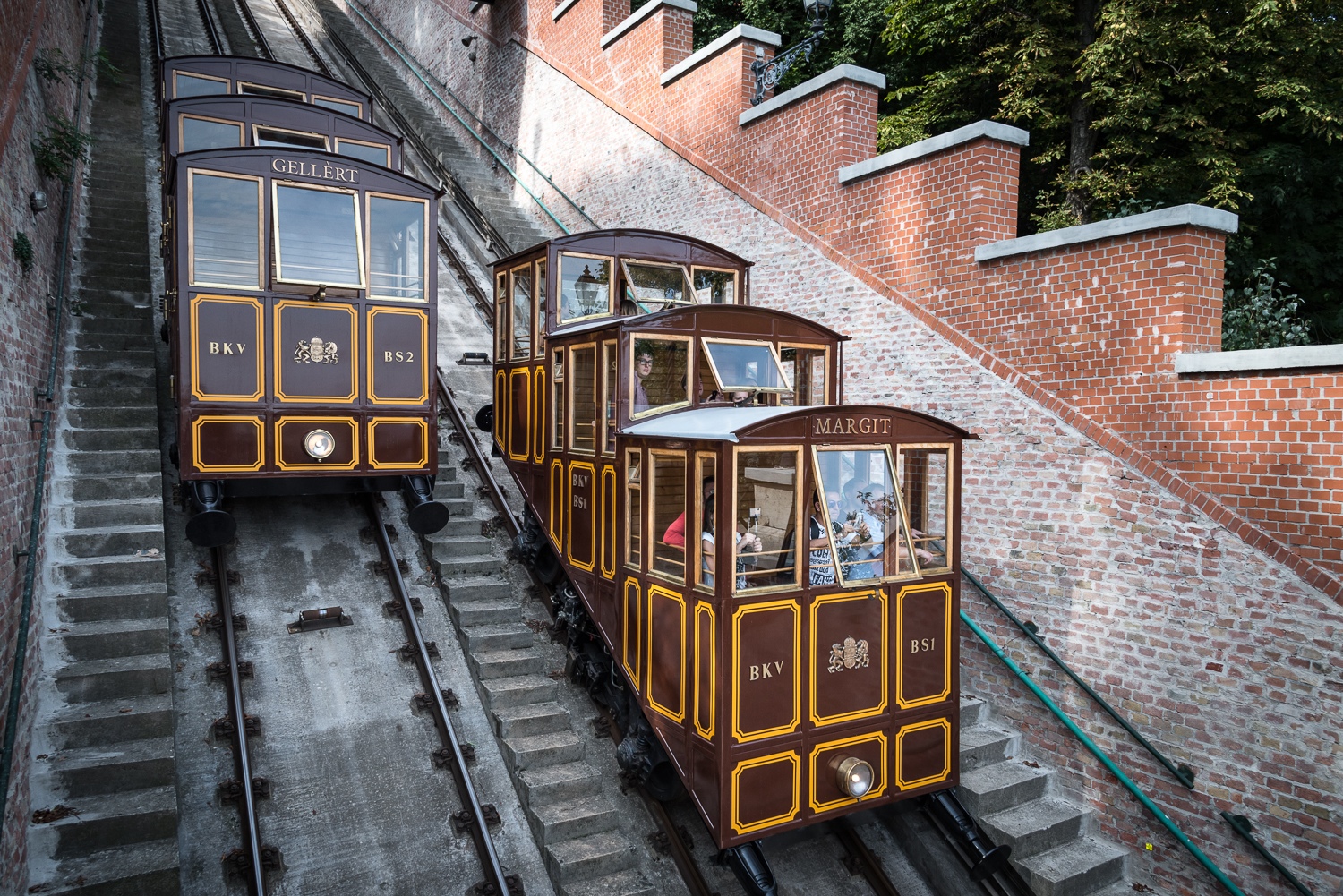March 2nd of 1870 was the opening day of the Buda Castle Hill Funicular, making it the second-oldest hillside public-transport conveyance of its kind, following the launch of a similar cableway-transport system in France. Based on the French model, the Budapest funicular’s construction works started in 1868 at the suggestion of Earl Ödön Széchenyi – son of István Széchenyi, the Hungarian aristocrat who oversaw the creation of the Chain Bridge – who decided to develop an easy and direct means of access to the Buda Castle, which served as one of the key locales of public authorities back in the day. He commissioned the Vienna-based Spiering factory to build the terrace-style cars, and all of the manufacturing works were completed within two years along with the steep structural construction, including the installation of the double-track rail system and the steam-powered cableways.
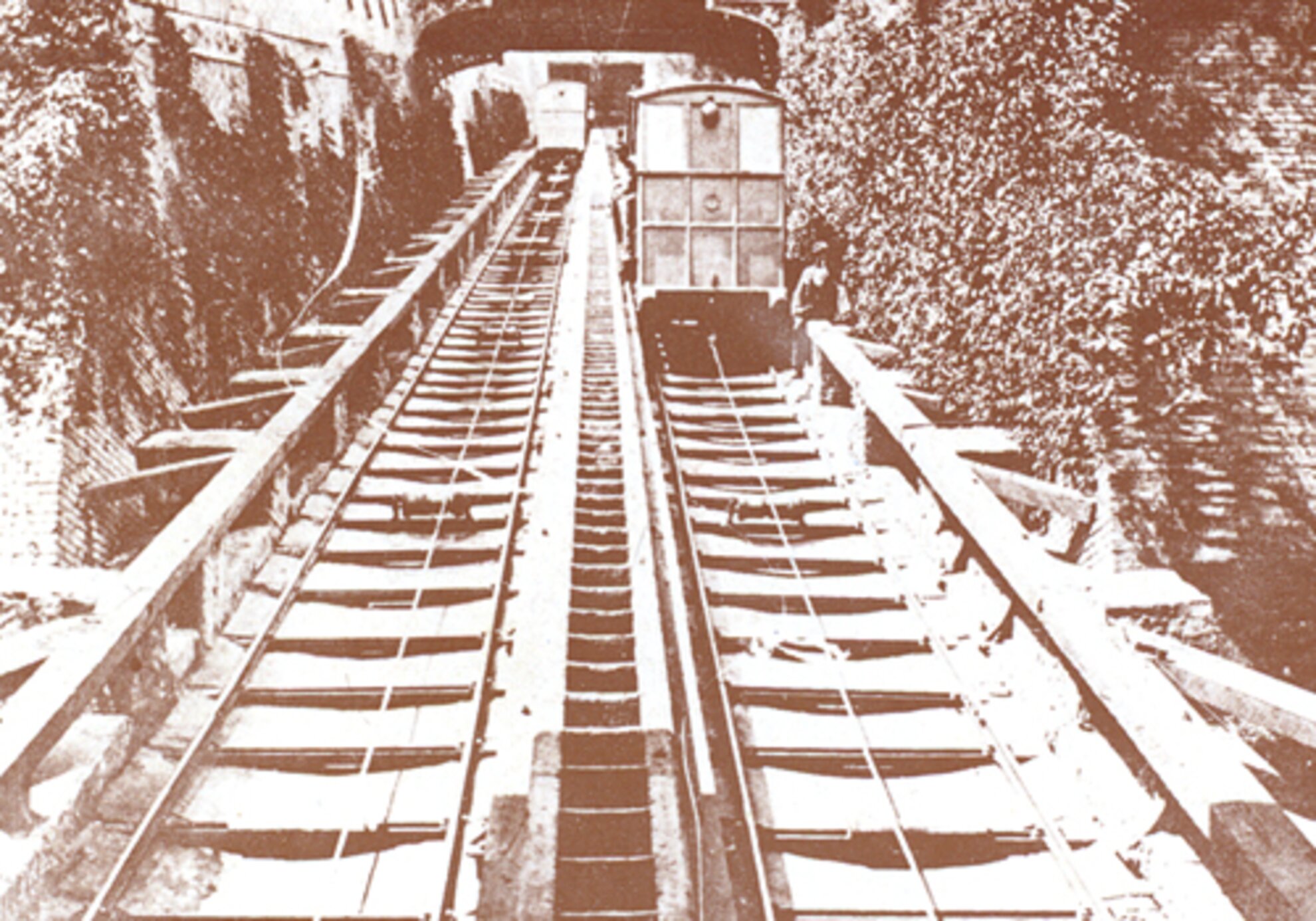
The funicular became an immediate success, and passengers swiftly started to trade in the lengthy hillside walkways and horse-drawn vehicles for the panoramic rides it provides, boasting sweeping views over the Danube, Chain Bridge, and Pest skyline along the way. The celebrated cable railway was proclaimed as one of the safest conveyances, since it suffered only a single accident during its first 75 years – and that was a human error rather than a mechanical failure, when too many passengers were trying to board the funicular at the same time on June 11th of 1896, and due to the overload the cars crashed against the stations, resulting in several injuries. (Subsequent investigations revealed that the mechanic, who operated the funicular on this ill-fated day, left his station immediately after his shift ended, handing over the vehicle’s control to the stoker, who was not able to see the cars in the dark, and because of the excess weight he couldn’t stop the vehicle.)
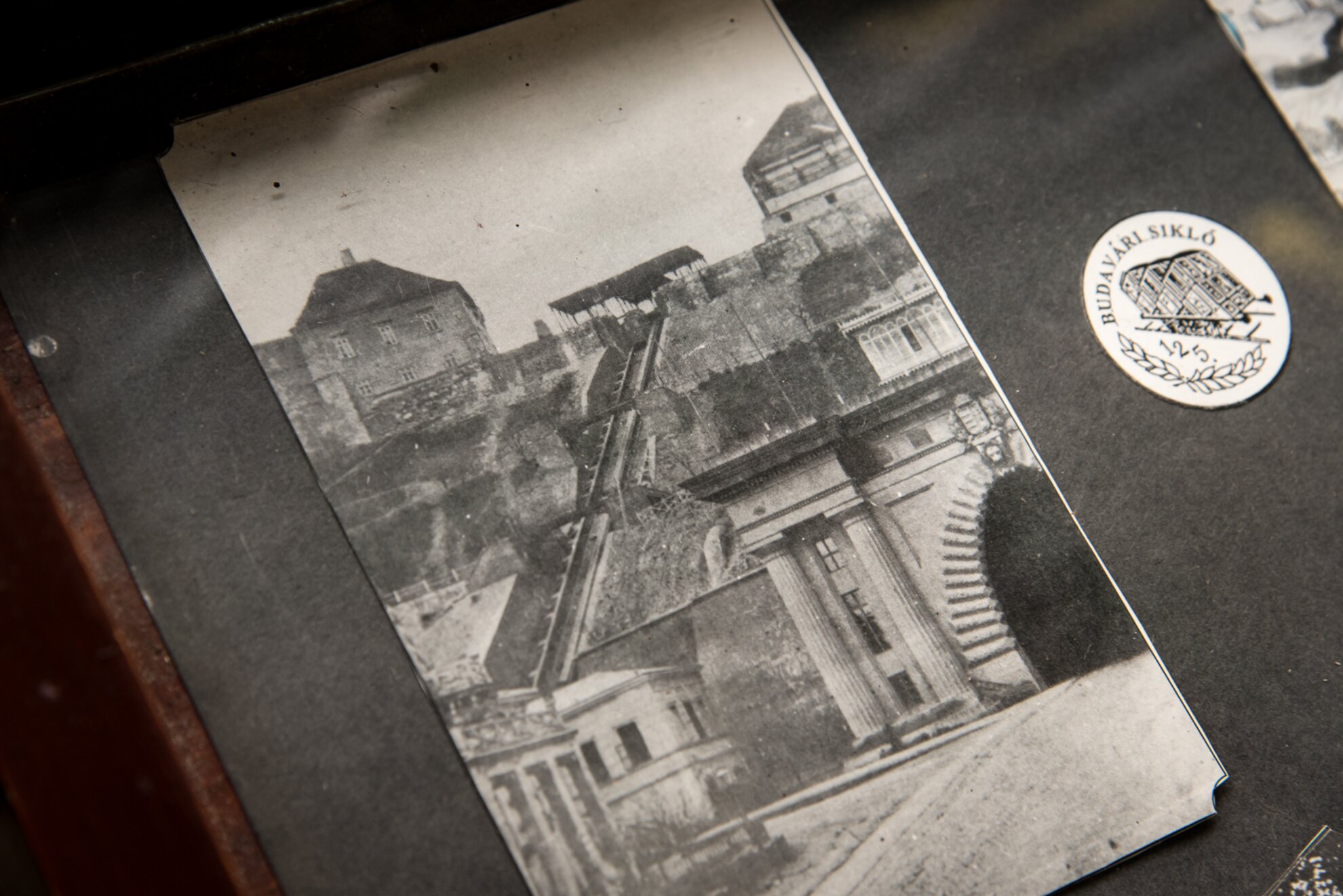
As a testament to the importance and the enthusiasm that surrounded the funicular, its popularity did not decline when modernized bus transportation began carrying passengers up and down the Buda Castle in 1928. By then a ride on the tram-like vehicle was already a sought-after experience for an increasing number of tourists in Budapest, who preferred to ascend and descend the hill in style aboard the classy cars.
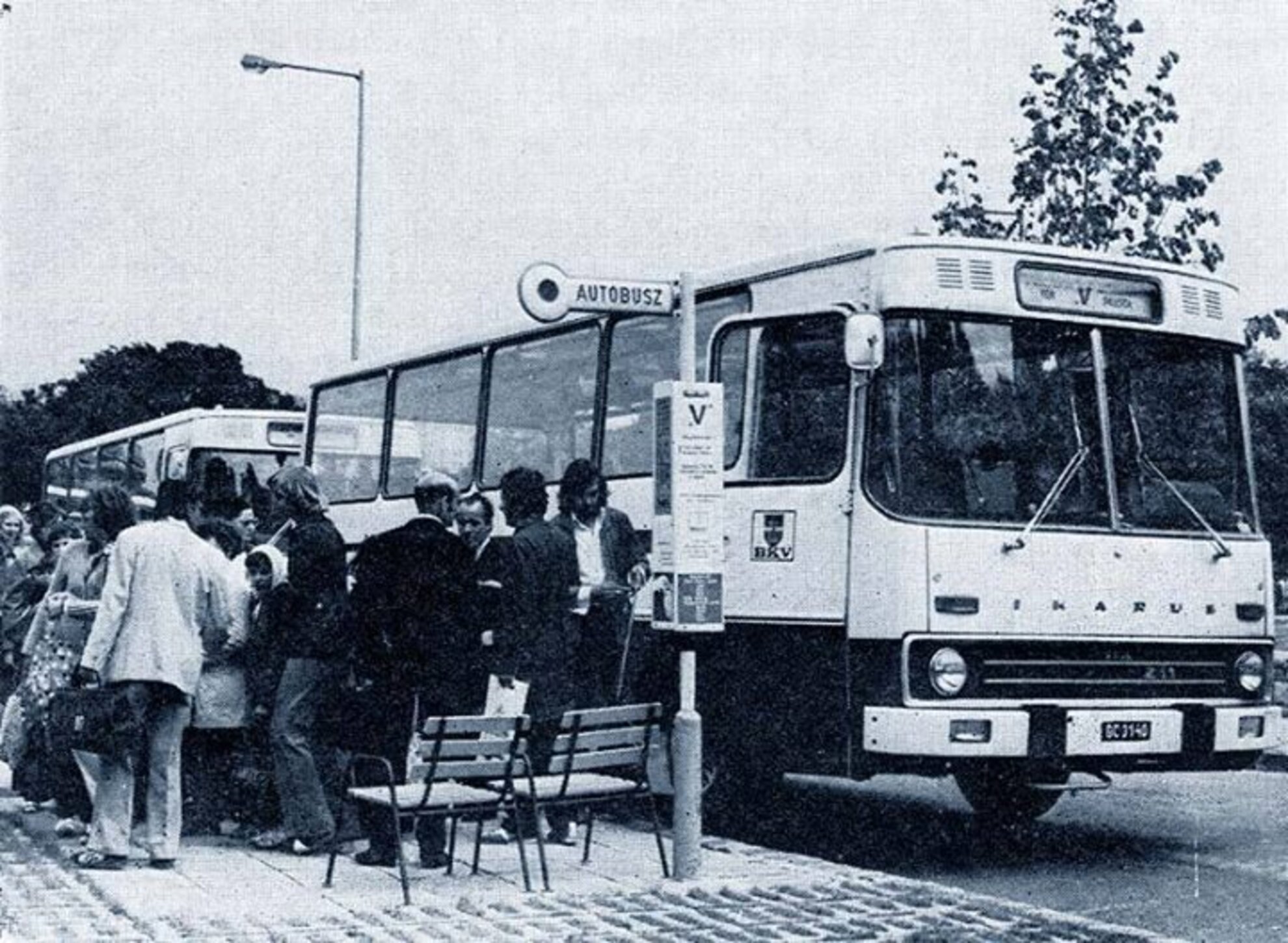
Later, during WWII, an aerial bomb caused severe damages to the cars and the stations, putting the funicular out of service for a lengthy period of time.
While several plans attempted to restore the beloved conveyance in the following years, the budget shortage and the funicular’s non-crucial role in public transportation forced the authorities to dismantle the ruins and put aside any reinstallation proposals for the next 40 years. During these decades there were many proposals to restore or replace the funicular, including ideas to install escalators and other means of transportation, but none of the planned constructions materialized. In the meantime a “temporary” midibus service was launched between the funicular’s two terminuses in 1975, which remained in operation for the next 11 years.
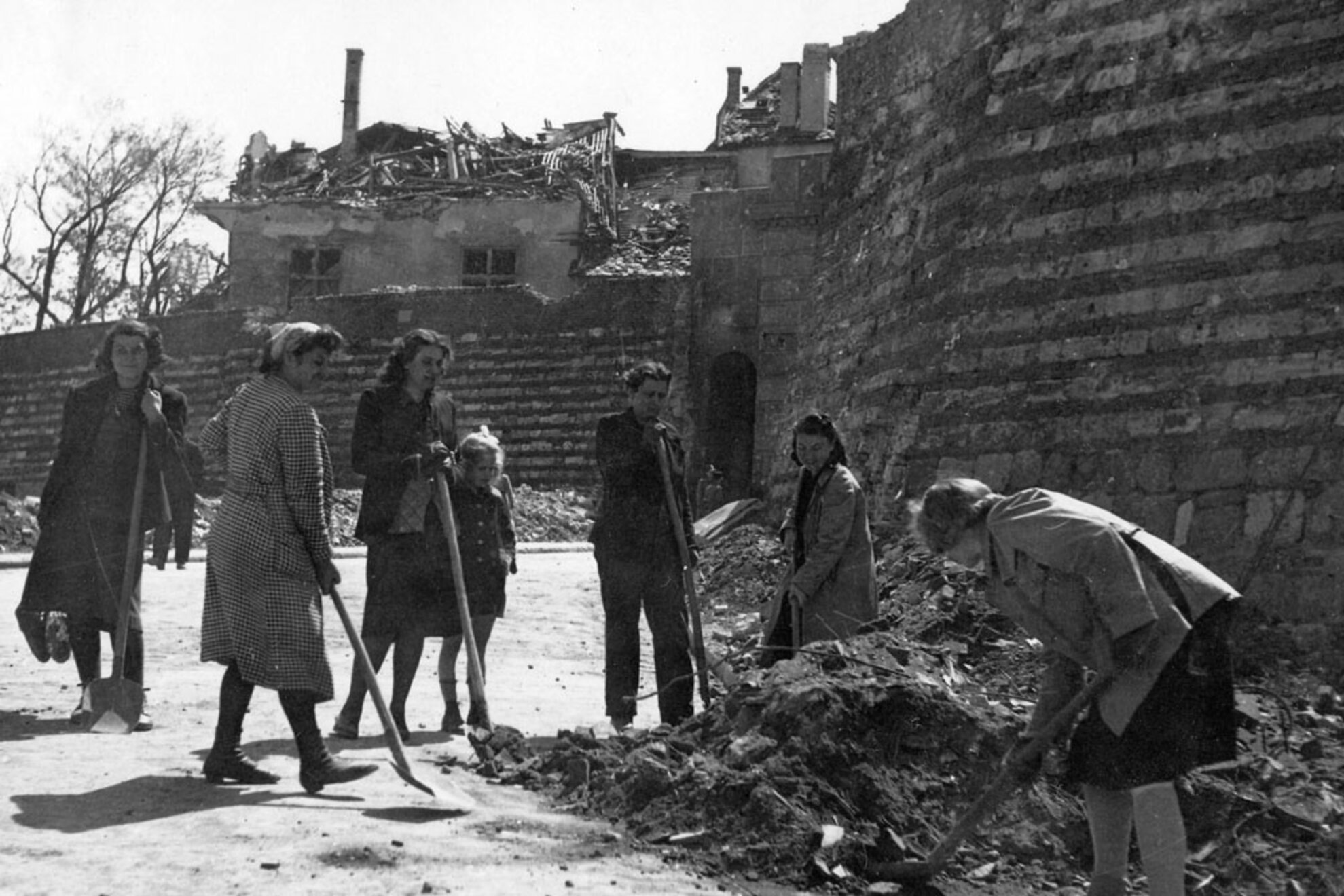
Finally, the city government came to an agreement with the Budapest Transport Company on the funicular’s revival in 1984, and after a two-year renovation phase, the cliffside railway was opened again amid cheerful ceremonies on June 4th, 1986 – now fully electrified. Since this time, the funicular has been running without interruption along its 95-meter track line, and in 1987 it earned a listing amid the UNESCO World HeritageSights. By popular demand, in 1988 the speed of the vehicle was reduced by half from the original three-meters-per-second pace, giving passengers more time to enjoy the rising vistas.
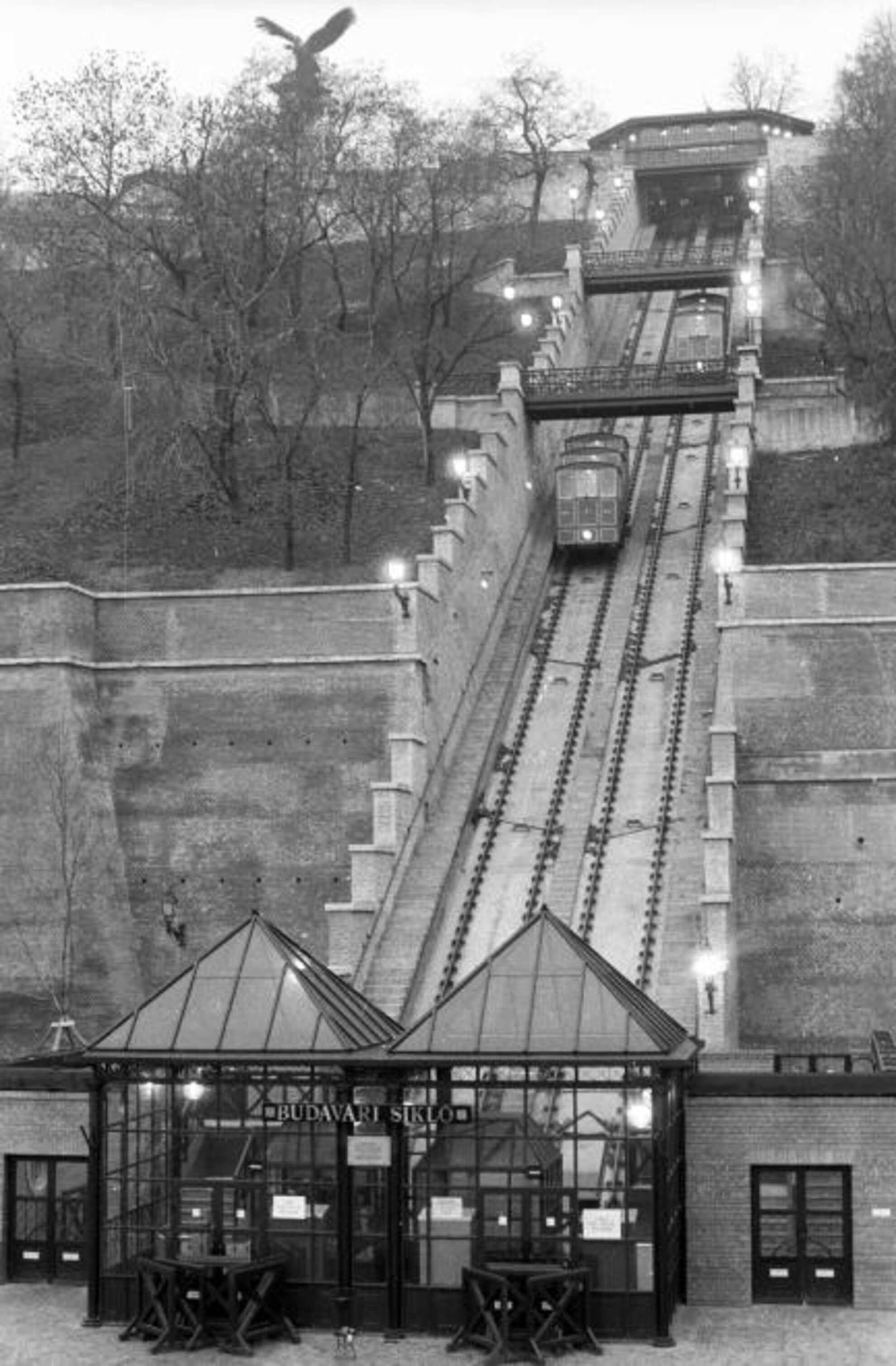
Running between the upper and lower metal-framed glass terminuses, the funicular remained a key tourist attraction, and nowadays it serves as a fundamental vantage point for enjoying Budapest’s stunning panoramic sights, towering over the center of the city. Every year 500,000-1,000,000 photographing travelers and starry-eyed couples peek through the narrow glass windows of “Margit” and “Gellért”, the two fully automated wooden-frame cars, both decorated with a brown-and-yellow tinted classic design, proudly showing off the Budapest coat of arms on their sides.If we are ready to venture up the hill by taking the stairs and hillside walkways, we can see the funicular pass under our feet from the pedestrian bypasses spanning over the 50-meter-high rail line. From there we can observe the mechanics of its pendulum system as the sturdy metal cables haul the cars up and down as mutual counterweights, and all of this happens across the breathtaking backdrop of Budapest’s most spectacular scenery.
Service: running daily between 7:30am and 10:00pm (on the Monday of every other week, the vehicle is under maintenance until 3:00pm during the winter season, and until 9:00am at peak seasons)
Fare: 1,200 forints per person for a one-way ticket; 1,800 forints per person for a return ticket More information
